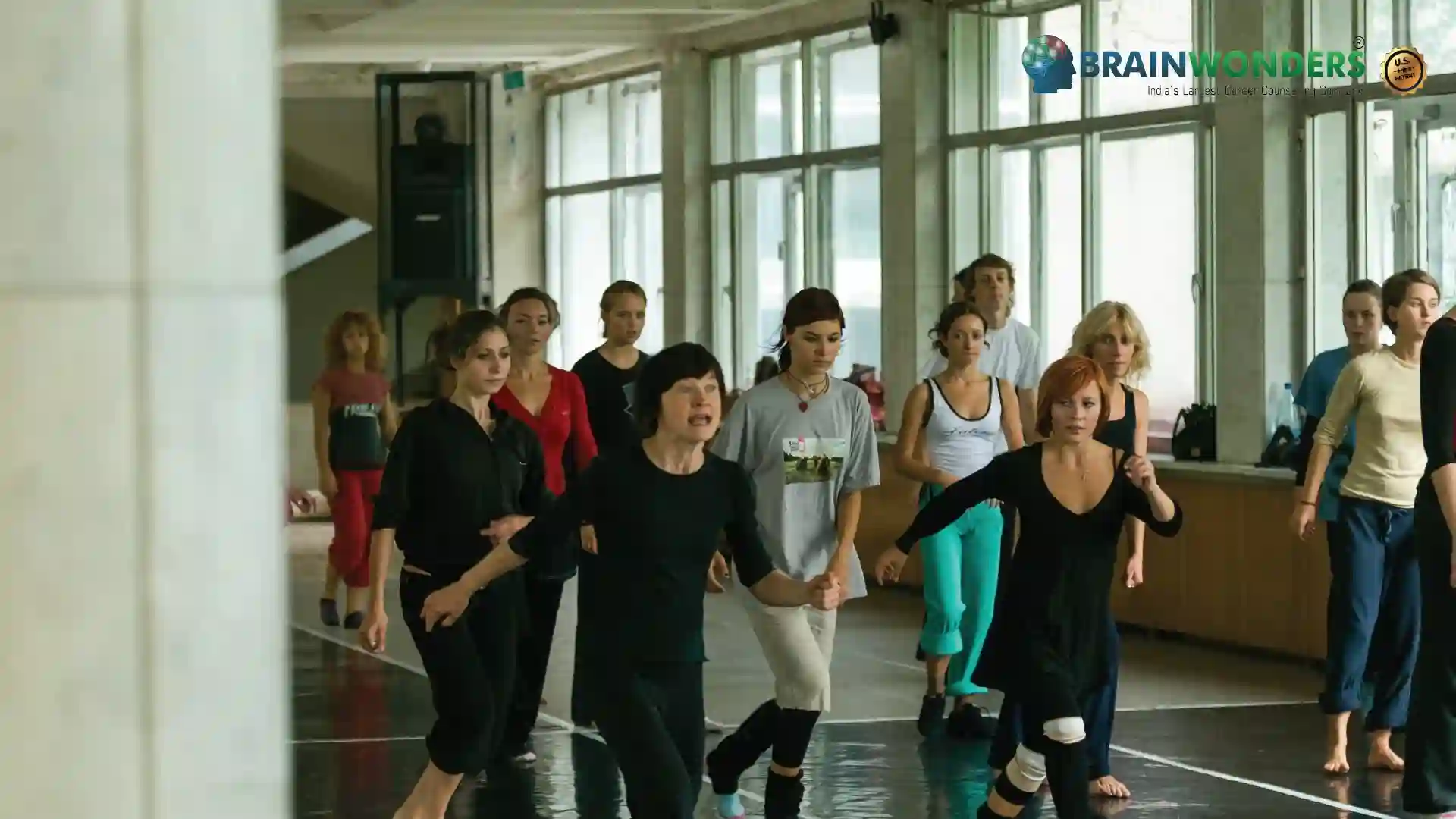How to become a Dance Therapist
Overview, Courses, Exam, Colleges, Pathways, Salary

Overview
Who is Dance Therapist ?
Dance therapy is the therapeutic use of the physical movement in dance to strengthen body, mind, and soul processes to treat emotional, psychological and physical complaints. It concentrates on the significance of the relationship between emotion and movement. Thus, Dance Therapy is also known as Dance and Movement Psychotherapy, which uses movement and dance as a tool of expression.
Typical day at work
What does Dance Therapist do?
- Observe and understand non-verbal behaviour, body language, gestures, and physical movement to evaluate behavioural, mental, or emotional state of client
- Provide group or individual therapy sessions
- Decide movement and dance routines for the sessions based on the client’s needs
- Assist clients conquer physical, personal and emotional difficulties through dance
- Establish a safe space to promote expression, acknowledgement, and communication of in which feelings and emotions
- Interact with clients about personal conflict
- Collect information from clients, medical records, and caregivers to assess their issues, capabilities, and needs
- Select or creating appropriate music and props for dance sessions
- Motivate clients to communicate with others, using role play, mirroring exercises, etc.
- Draft client’s reports and share significant information with client and caregivers
- Attend or provide clinical supervision dance sessions
- Collaborate with or provide referrals to interdisciplinary colleagues
- Work on improving client’s self-esteem, self-awareness, insights, and body image
- Develop and provide coping strategies
- Teach how to stand and move properly to prevent injuries.
Abilities and Aptitude needed
What are the skills, abilities & aptitude needed to become Dance Therapist?
Dance Therapist must have the same credentials as a mental health professional. In addition, they must possess the knowledge of psychology, anatomy and physiology. They should be emphatic, non-judgemental, and should have active-listening skills.
They must have self-discipline, spatial orientation, physical stamina, and physical dexterity so that they can move their bodies without falling or losing their sense of rhythm. One also needs a good memory to recall dance and movement routines and techniques.
At the same time, they also need artistic ability, originality, imaginative, innovative ideas, and creativity to express ideas through new and interesting dance routines. They must show dedication, eye for detail, determination, patience, persistence to commit to years of intense practice.
Apart from high level of dancing ability, you also need good teaching, leadership, team management, interpersonal and communication skills, especially in oral expression and have fluency of ideas.
Pathways
How to become an Dance Therapist?
Entrance Exam
Entrance Exam for Dance Therapist ?
Courses
Which course I can pursue?
Best Colleges
Which are the best colleges to attend to become an Dance Therapist?
Industries
Which Industries are open for Dance Therapist?
internship
Are there internships available for Dance Therapist?
Career outlook
What does the future look like for Dance Therapist?
A dance therapist can be appointed for individual and group sessions by elder or child-care homes, community centres, hospitals, educational centres, gyms, and private clinics. They work on treating mental health disorders such as anxiety, phobias, depression, eating and sleeping disorders, autism, alzheimer’s and parkinson’s disease, and trauma. If you're working in private practice you may conduct sessions at your workplace or at client's home, and rarely at public spaces. Thus, travelling is essential in this field.







